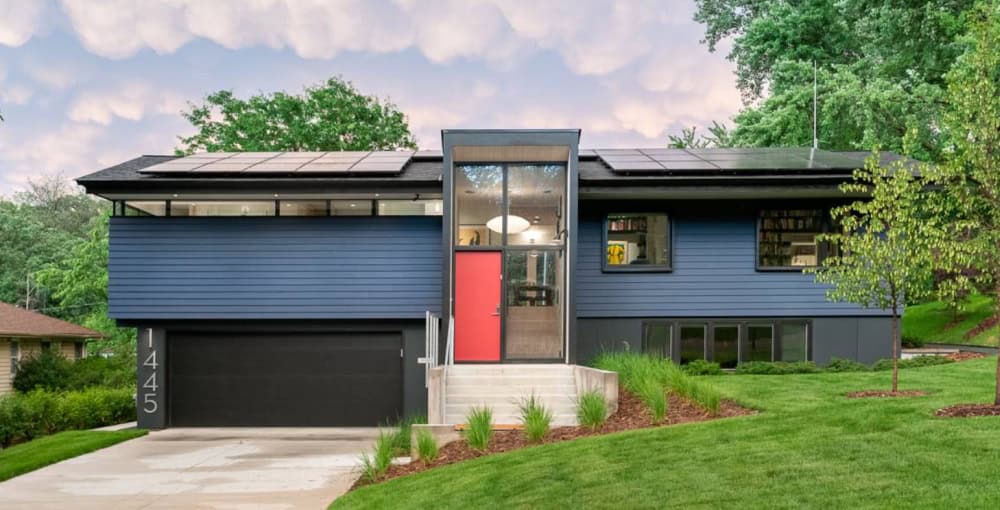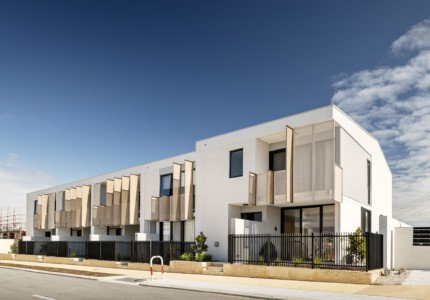The Cost Factor in Site Selection
Drop a Line if you have a Question!
Are you looking for the perfect location?
Are you looking for the perfect location for your business?
When considering site selection, it’s crucial to understand the cost factor. In this article, we will explore the various factors that affect site selection costs, such as location, construction and development expenses, and operating and maintenance fees.
By analyzing these costs and implementing effective strategies, you can minimize expenses and make informed decisions. So, let’s dive in and discover how to manage the cost factor in site selection.

Factors Affecting Site Selection Costs
When choosing a site, you’ll need to consider factors that affect the costs involved.
One important factor is the location of the site. If the site is located in a prime area with high demand, the costs will likely be higher. On the other hand, if the site is in a less desirable location, the costs may be lower.
Another factor to consider is the size of the site. Larger sites generally require more resources and materials, leading to higher costs.
Additionally, the condition of the site can also impact costs. If the site requires extensive repairs or renovations, the costs will be higher.
Lastly, accessibility and infrastructure can affect costs. Sites with good transportation links and existing infrastructure tend to have lower costs compared to those lacking these amenities.
The Impact of Location on Site Selection Costs
The impact of location on site selection costs can greatly affect your company’s decision-making process. When choosing a site for your business, the location plays a crucial role in determining the overall costs involved.
The proximity to suppliers, customers, and transportation hubs can significantly impact transportation costs. If you choose a location that is far away from your suppliers or customers, you may have to bear the additional costs of long-distance transportation, which can eat into your profits.
Similarly, if your business heavily relies on transportation, selecting a site near major highways or ports can help reduce transportation costs. Moreover, the location can also affect labor costs. Areas with a higher cost of living may have higher wage rates, which can increase your labor expenses.
Therefore, carefully considering the impact of location on site selection costs is vital for making informed decisions for your company.
Analyzing Construction and Development Costs in Site Selection
To effectively analyze construction and development costs, you should consider various factors such as labor, materials, and infrastructure.
When assessing the costs of construction and development in site selection, it is important to take into account the expenses associated with hiring skilled labor. Skilled workers are crucial for ensuring the quality and efficiency of the construction process.
Additionally, the cost of materials should be considered, as it can vary depending on factors such as availability and transportation.
Another factor to consider is the infrastructure required for the project, including roads, utilities, and access to amenities. These infrastructure costs can significantly impact the overall cost of construction and development.
Evaluating Operating and Maintenance Costs in Site Selection
Evaluating operating and maintenance costs in site selection can be challenging without considering the long-term expenses associated with upkeep and repairs. When choosing a site, it is crucial to anticipate the ongoing costs that will be incurred to keep the facility running smoothly.
You need to be aware of factors such as utilities, facility management, and regular maintenance. Ignoring these expenses can lead to unexpected financial burdens down the line. By thoroughly evaluating operating and maintenance costs upfront, you can make informed decisions and avoid costly surprises.
Consider factors such as energy efficiency, equipment lifespan, and anticipated repairs. It is important to assess the site’s infrastructure, systems, and potential risks to accurately estimate the long-term costs.
Strategies for Managing and Minimizing Site Selection Costs
Managing and minimizing costs in site selection can be achieved through strategic planning and careful consideration of long-term expenses.
One strategy is to assess the availability and affordability of utilities such as water, electricity, and gas. Analyzing the costs associated with connecting to these utilities can help you make an informed decision about the most cost-effective site.
Additionally, considering the potential impact of transportation costs is crucial. Choosing a location with good access to highways, ports, or airports can reduce shipping and logistics expenses.
It is also important to evaluate the tax implications of different locations. Researching local tax rates and incentives can help you identify areas with lower tax burdens.
Conclusion
So, as you can see, site selection costs play a crucial role in the overall decision-making process.
The location of a site can greatly impact these costs, from construction and development expenses to ongoing operating and maintenance fees.
However, by carefully analyzing and managing these costs, companies can make informed decisions and minimize their financial burden.
Remember to consider all the factors affecting site selection costs and implement effective strategies to ensure a successful and cost-effective site selection process.

Have a question?
Become a
























